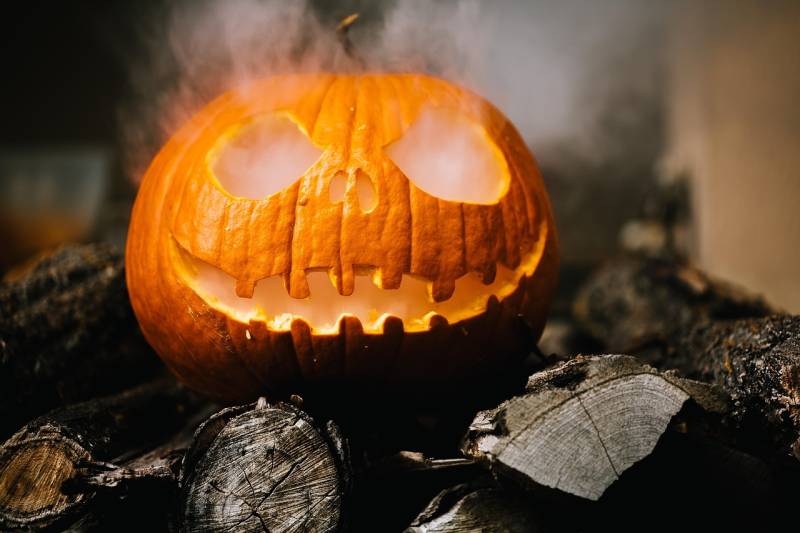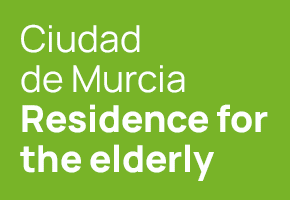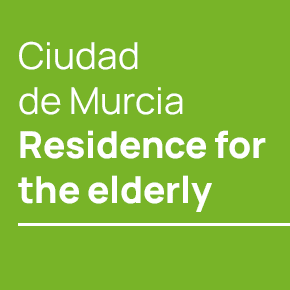- Region
- Águilas
- Alhama de Murcia
- Jumilla
- Lorca
- Los Alcázares
- Mazarrón
- San Javier
-
ALL AREAS & TOWNS
- AREAS
- SOUTH WEST
- MAR MENOR
- MURCIA CITY & CENTRAL
- NORTH & NORTH WEST
- TOWNS
- Abanilla
- Abarán
- Aguilas
- Alamillo
- Alcantarilla
- Aledo
- Alhama de Murcia
- Archena
- Balsicas
- Blanca
- Bolnuevo
- Bullas
- Cañadas del Romero
- Cabo de Palos
- Calasparra
- Camping Bolnuevo
- Campo De Ricote
- Camposol
- Canada De La Lena
- Caravaca de la Cruz
- Cartagena
- Cehegin
- Ceuti
- Cieza
- Condado de Alhama
- Corvera
- Costa Cálida
- Cuevas De Almanzora
- Cuevas de Reyllo
- El Carmoli
- El Mojon
- El Molino (Puerto Lumbreras)
- El Pareton / Cantareros
- El Raso
- El Valle Golf Resort
- Fortuna
- Fuente Alamo
- Hacienda del Alamo Golf Resort
- Hacienda Riquelme Golf Resort
- Isla Plana
- Islas Menores & Mar de Cristal
- Jumilla
- La Azohia
- La Charca
- La Manga Club
- La Manga del Mar Menor
- La Pinilla
- La Puebla
- La Torre
- La Torre Golf Resort
- La Unión
- Las Palas
- Las Ramblas
- Las Ramblas Golf
- Las Torres de Cotillas
- Leiva
- Librilla
- Lo Pagan
- Lo Santiago
- Lorca
- Lorquí
- Los Alcázares
- Los Balcones
- Los Belones
- Los Canovas
- Los Nietos
- Los Perez (Tallante)
- Los Urrutias
- Los Ventorrillos
- Mar De Cristal
- Mar Menor
- Mar Menor Golf Resort
- Mazarrón
- Mazarrón Country Club
- Molina de Segura
- Moratalla
- Mula
- Murcia City
- Murcia Property
- Pareton
- Peraleja Golf Resort
- Perin
- Pilar de la Horadada
- Pinar de Campoverde
- Pinoso
- Playa Honda
- Playa Honda / Playa Paraíso
- Pliego
- Portmán
- Pozo Estrecho
- Puerto de Mazarrón
- Puerto Lumbreras
- Puntas De Calnegre
- Region of Murcia
- Ricote
- Roda Golf Resort
- Roldan
- Roldan and Lo Ferro
- San Javier
- San Pedro del Pinatar
- Santiago de la Ribera
- Sierra Espuña
- Sucina
- Tallante
- Terrazas de la Torre Golf Resort
- Torre Pacheco
- Totana
- What's On Weekly Bulletin
- Yecla


- EDITIONS:
 Spanish News Today
Spanish News Today
 Alicante Today
Alicante Today
 Andalucia Today
Andalucia Today
Date Published: 31/10/2025
10 weird and wonderful Halloween traditions in Murcia that you never knew about
Discover the hidden rituals, spooky treats and gothic customs that shaped Murcia’s original night of the dead
 Halloween in the Region of Murcia is far from a recent invention. Long before store bought costumes, painted faces and plastic pumpkin shaped trick-or-treat buckets arrived, this corner of Spain was alive each autumn with ancient, and sometimes downright spine-chilling, rituals for All Hallows´ Eve. Known as the ‘Tosantos’ festival, Murcian Halloween is a fascinating blend of tradition, remembrance and just a pinch of mischief.
Halloween in the Region of Murcia is far from a recent invention. Long before store bought costumes, painted faces and plastic pumpkin shaped trick-or-treat buckets arrived, this corner of Spain was alive each autumn with ancient, and sometimes downright spine-chilling, rituals for All Hallows´ Eve. Known as the ‘Tosantos’ festival, Murcian Halloween is a fascinating blend of tradition, remembrance and just a pinch of mischief.Today, most people are familiar with trick-or-treating and ghoulish costumes, but look back a few generations and you’ll find a version of Halloween with a lot more heart... and perhaps even a few real ghosts.
A night for old souls: All Hallows in Murcia
The backdrop to these customs is All Saints’ Day, when families come together the night before to remember departed loved ones. Rooms are specially prepared, with fresh linens and the soft glow of oil lamps, as it was once believed the souls of the dead returned home for a brief rest. Grandmothers would close the doors tightly so children didn’t disturb visiting spirits, whispering, “Hush, hush, don’t wake the souls!” Even today, you might find traces of this ritual in secluded Murcian villages.
You might also be interested in: 10 haunted places in Murcia to visit or at least know about this Halloween
10 Murcian Halloween traditions you probably haven’t heard of:
1. Pumpkins of the Souls
Before American pumpkins took over, local children and adults were already carving long, slender local pumpkins, popping candles inside and setting them out at night. In small hamlets, these glowing faces appeared on gates and embankments, meant to give neighbours a fright and to remind everyone that “the spirits of the dead were coming this way with their candles.”
2. The spooky sound of bells
On All Hallows’ Eve, bells rang out from church towers, not just to mark the time but as a call to pray for souls in Purgatory as each toll served to alleviate their suffering. This ringing continued throughout the night and also acted as a reminder to the living of the fleeting nature of life and the imminence of death. Throughout the night, this haunting peal wrapped the city and villages in a ghostly, comforting soundscape.
3. Mysterious gifts at the door
For centuries, children would wander along the orchard paths, asking neighbours for gifts instead of sweets. Chanting playfully, “The edge of the door, if you don’t give it to me I’ll break your door,” they collected small harvest items like ears of corn, sunflower seed wreaths, and pomegranates. These were often bits of produce that farmers kept for themselves, as they weren’t suitable for sale.
4. Flowerpot raids by moonlight
Not all the mischief belonged to children. Some adults also left their neighbours similar gifts on the doorstep, especially those who needed them most.
Romantic youngsters in Sangonera la Verde would also steal flowerpots and leave them on the doorsteps of their sweethearts, causing a fair bit of gossip among the neighbours.
5. The scent of ‘tostones’
Popcorn, known locally as ‘tostones’, came in a variety of flavours—some sprinkled with sugar, others with salt or anise. The best were pressed with honey and shaped into crunchy blocks that filled homes with an unforgettable aroma on autumn nights and we eaten on All Hallows' Eve after nightfall.
6. “Turkey snot” flowers
An unusual flower called amaranth, known for its resemblance to a turkey’s wattle, once adorned Murcian graves. Now you’re more likely to see carnations, roses or gladioli but those with long roots in the region remember the old shades of purple and pink.
7. A farmer’s respite
For traditional farmers, this time of year was a pause between harvest and winter planting. Chestnuts sellers reappeared in the streets, the scent of toasted nuts mingling with cool November air, and local wisdom warned: “He who digs in November wastes time.”
8. Haunting hymns at dawn
At sunrise, groups known as the Auroros would make their way to cemeteries, singing ancient hymns for the dead. This musical tradition, part of the local ‘Cycle of the Dead.’ survives to this day.
9. Sweets made with centuries of love
Murcian households have celebrated All Saints’ Day with a variety of traditional treats for generations. As early as 1888, it was noted in the newspaper El Liberal that gachas, a kind of traditional porridge was enjoyed during this period, along with arrope, a pumpkin syrup.
Among the most treasured sweets were huesos de santo, or Saint’s Bones, which were made from almond paste and egg custard. These delicacies took nearly three weeks to prepare, and bakeries such as La Milagrosa would only produce them during this special season because of the intricate process involved.
10. Gossip, new outfits and reunions
All Saints’ Day was also the day to don your best clothes and head to the cemetery. Among the gravestones, families mingled with friends, children played, and the town’s latest news was exchanged.
As plastic pumpkins and flashy costumes fill the streets today, it’s worth remembering that Murcia’s Halloween tradition runs much deeper than modern frights and treats. The Tosantos festival and the rituals surrounding All Saints’ Day offer a window into a past where families honoured their ancestors, communities shared, and even the eerie held a special kind of charm.
So this Halloween, as you light your candles and enjoy the festivities, take a moment to appreciate the rich heritage and heartfelt customs that have shaped this night of the dead in Murcia for centuries. It’s a celebration worth rediscovering and cherishing.
You might also be interested in: 12 ways to keep your Halloween fun, safe and friendly to your wallet
Image: Benjamin Balazs/Pixabay
Loading
Sign up for the Spanish News Today Editors Roundup Weekly Bulletin and get an email with all the week’s news straight to your inbox
Special offer: Subscribe now for 25% off (36.95 euros for 48 Bulletins)
OR
you can sign up to our FREE weekly roundup!
Read some of our recent bulletins:
Discount Special Offer subscription:
36.95€ for 48 Editor’s Weekly News Roundup bulletins!
Please CLICK THE BUTTON to subscribe.
(List price 3 months 12 Bulletins)
Read more stories from around Spain:
Contact Murcia Today: Editorial 000 000 000 /
Office 000 000 000




































